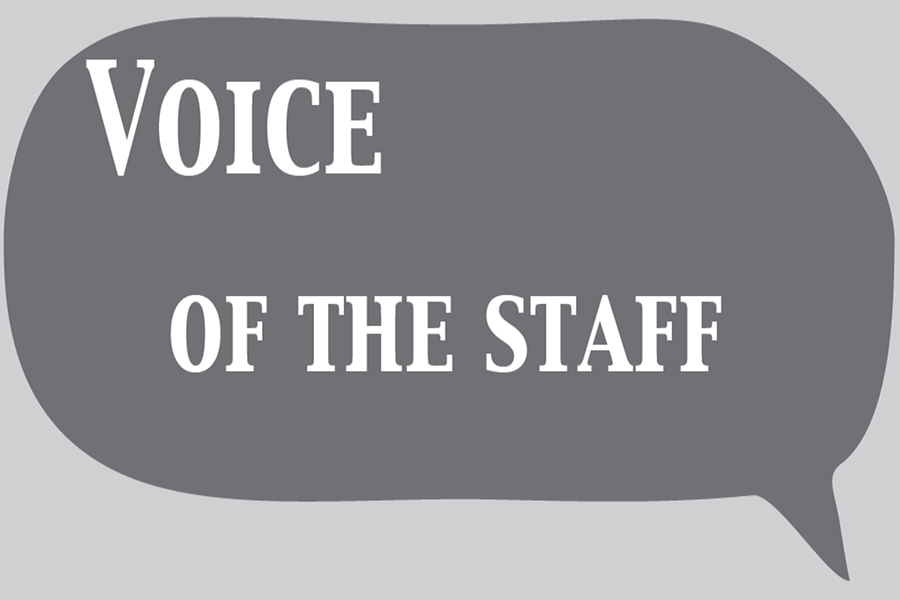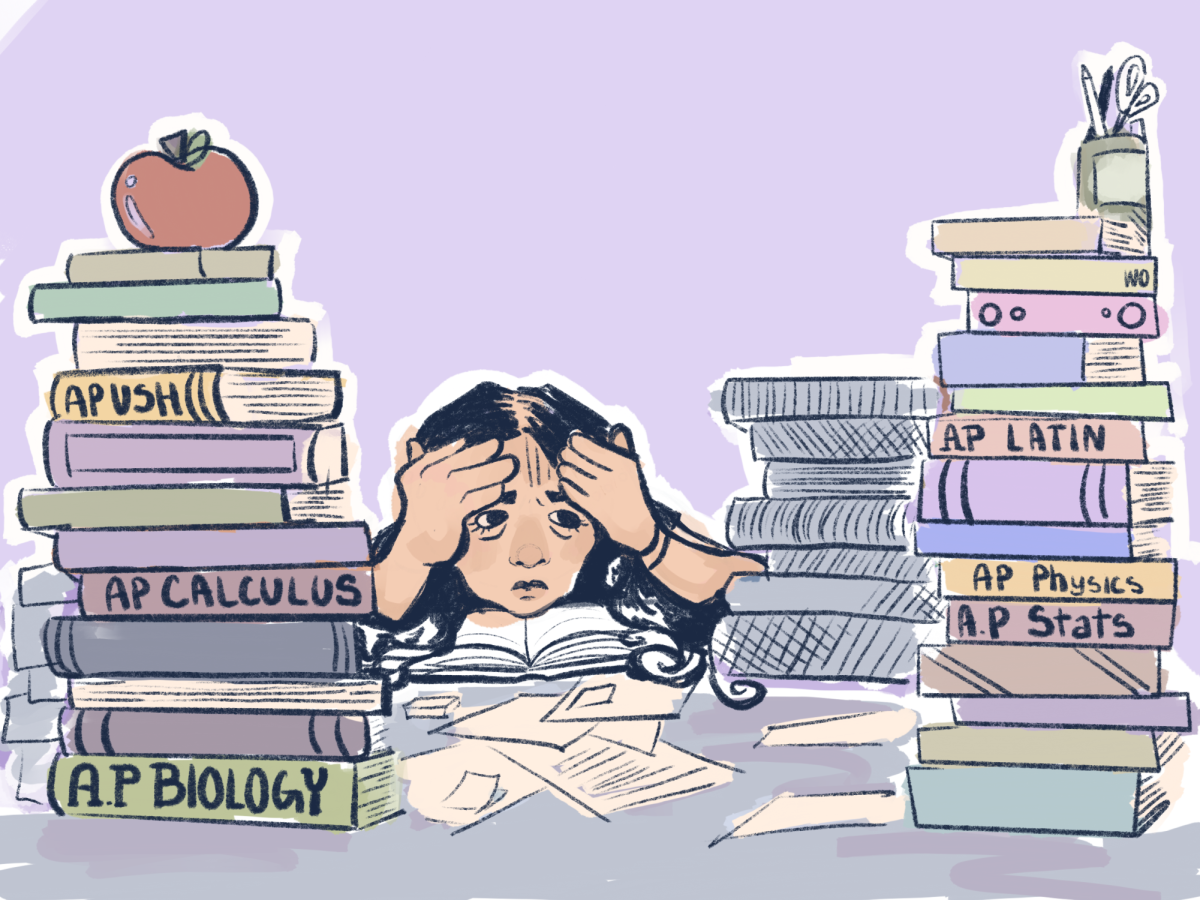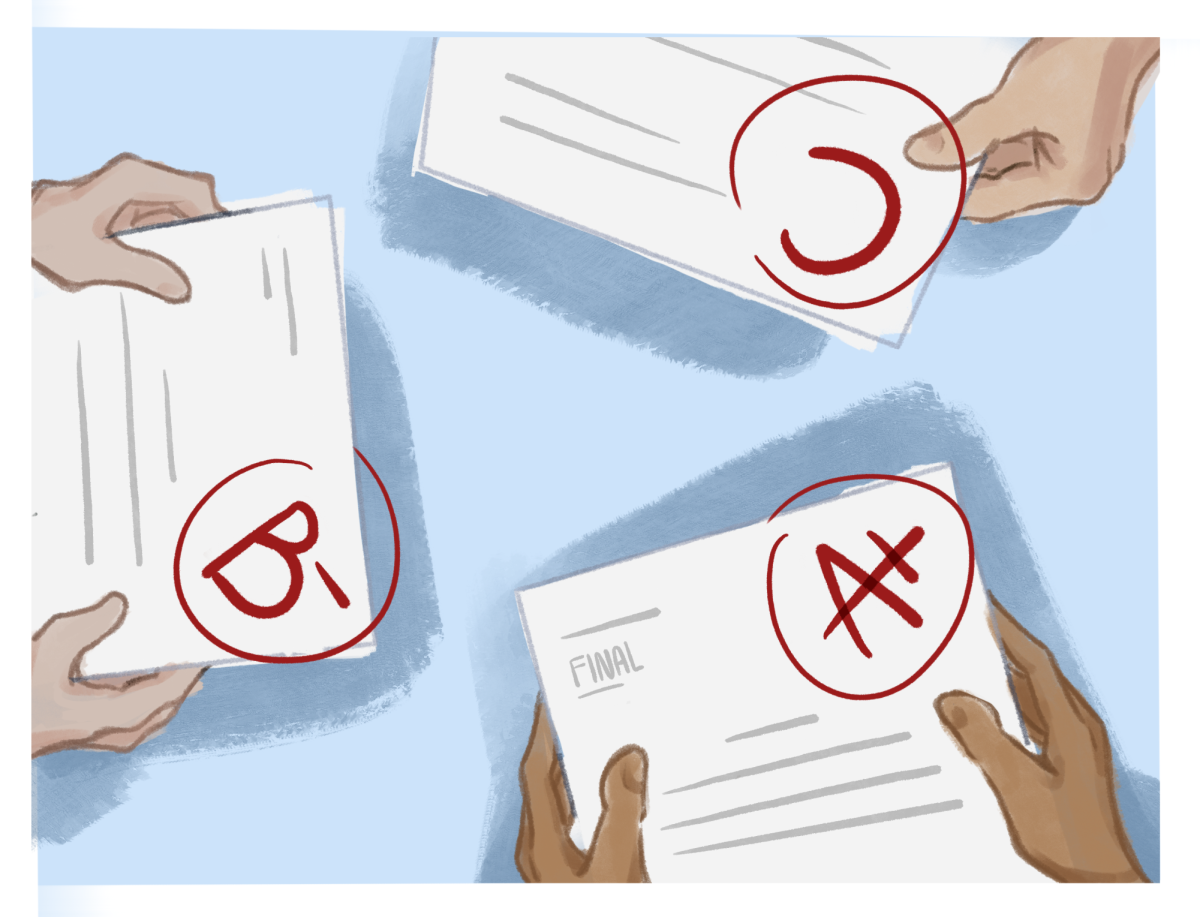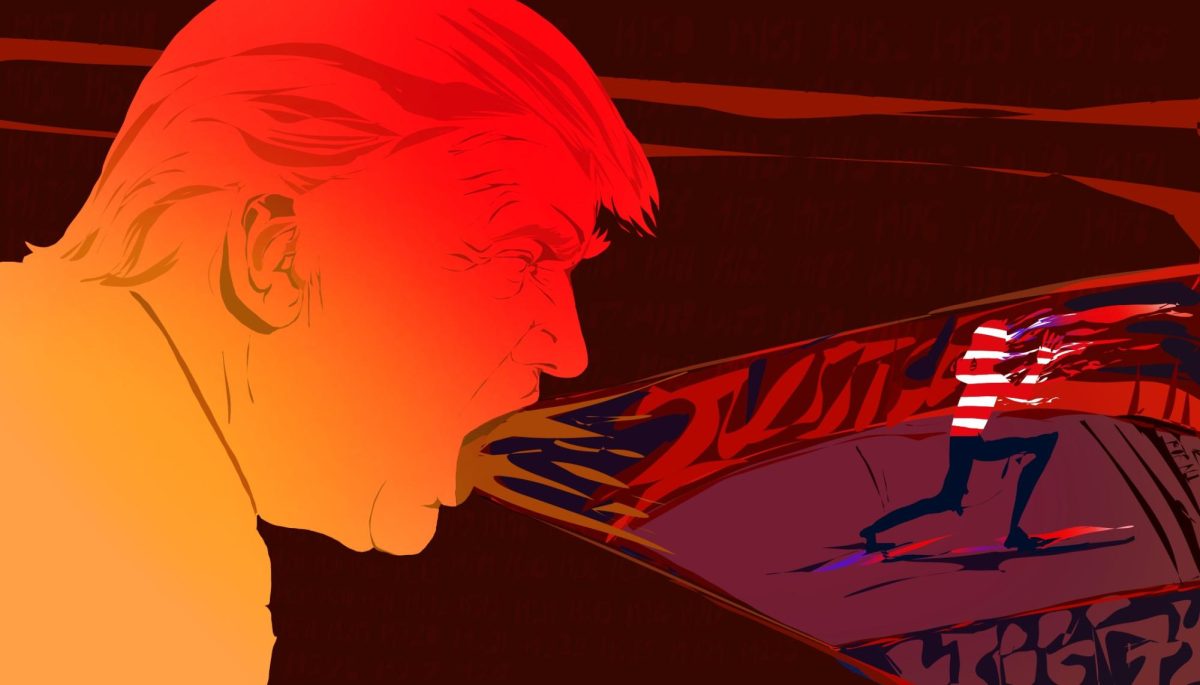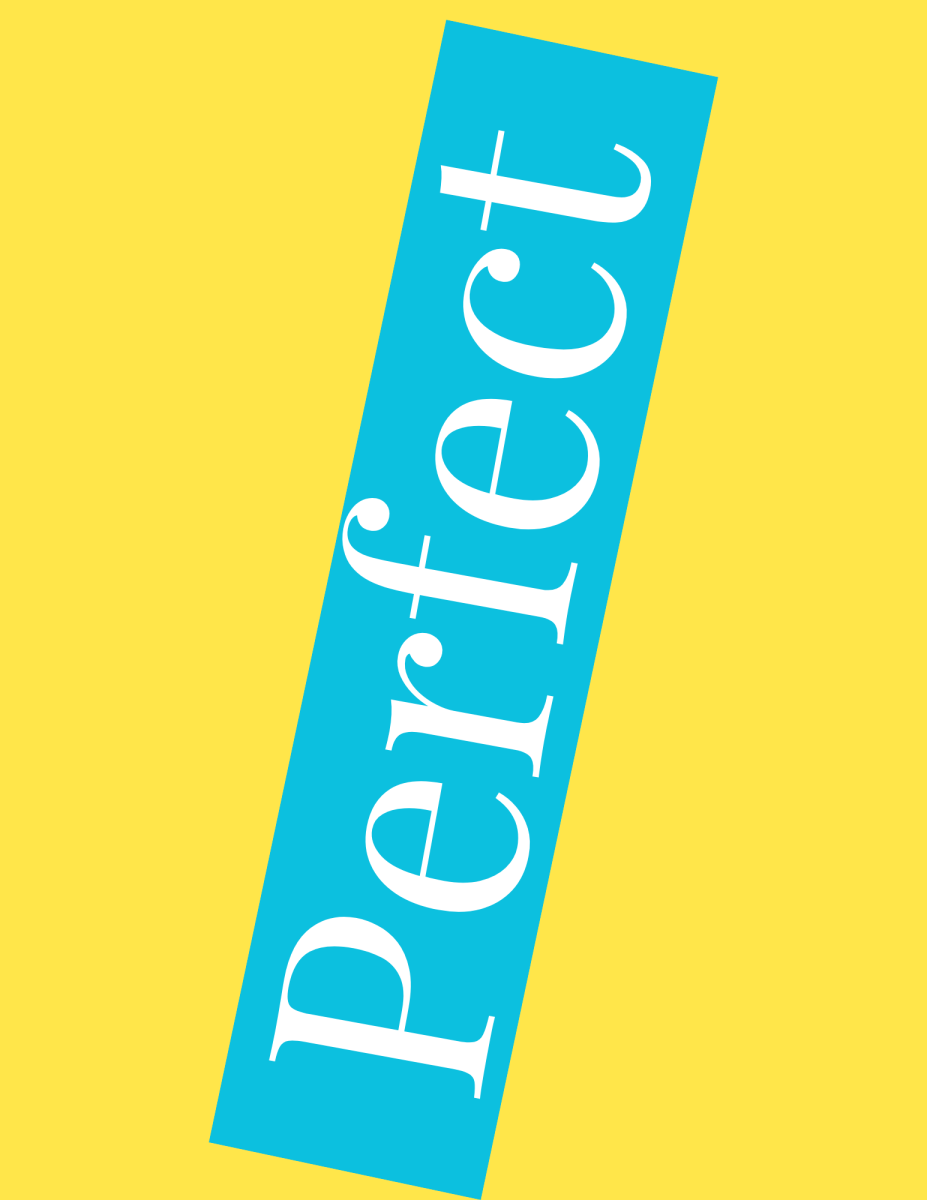You finish the final page of The Things They Carried, put it aside, open up your laptop, and begin reading again. But this time, it’s for chemistry on your digital textbook. With such rapid technological advances, students are quickly gaining the option to utilize technology for a variety of academic endeavors. Many are trying to grapple with technology’s role in the progress of learning and the difficulties that come along with it.
A departmental split can be seen between open-source online textbooks and physical copies: humanities courses–English and History–are the courses that almost always require physical book. Math and science courses are the ones that usually have online options or additions.
Perhaps this happens because, ultimately, humanities classes include literary analysis and historical facts that are sought to be understood and examined in a way that requires pen and paper. This analysis includes much interpretation, thus, kinetic learning material is preferred for proper comprehension of the subject.
In a majority of humanities classes, annotating and note-taking are essential for success, so information online would restrict students from fully grasping an idea.
In contrast, math and science classes are structured around the themes of “cause and effect” or “problem to solution.” These learning concepts are about solving and understanding in order to arrive a a definite result, as opposed to the subjective interpretation of the humanities. All that is needed are the steps and the work to show the outcome; annotating generally isn’t necessary.
Still, for many, it takes time to get used to online textbooks. Many kinetic learners long for that physicality of flipping through pages and engaging directly with the text. Many of us would pick a physical book over the bright glare and constant mouse clicking of a digital text, whereas others prefer the compactness of the Internet and avoiding a $300 price that comes with backaches.
Digital resources have many advantages. Online books are generally far less expensive than their physical counterparts, and open-source books are completely free. Manufacturing is what causes books to be expensive, so the open-source books are cheaper because they do not have to be produced or shipped.Also, carrying a lighter load around school has clear benefits for posture and alignment. In many classes, certain online animations help cover a concept better than a book could. A good example of this is Ptable, an online, interactive periodic table that has more data than a textbook could put on a page.
Both physical and digital books have pros and cons. But, essentially, it is up to the students in deciding the best educational resource for them. This is a multi-faceted issue, both economically and in terms of learning styles.
In the end, though, we must acknowledge how privileged we are to be able to choose between physical books and online books while many go without either. Choice in this issue is important and, at this point, we should offer students the choice between physical and digital textbooks.
Throughout history, kids have been successful in school without the constant use of the Internet as a source of support. Today, though, we are wired to use the internet for everything- – which now includes school work.
Google is our ultimate go-to for everything, so what is the difference with having the majority of our learning experience also be digital? In a way, we have already become tied to our technology because almost all of our work is on our laptops. Although we have the option to handwrite assignments, it’s frequently more efficient to type them. So, are open-source textbooks simply more efficient?
Both physical and digital books have pros and cons. But, essentially, it is up to the students in deciding the best educational resource for them. This is a multi-faceted issue, both economically and in terms of learning styles.
In the end, though, we must acknowledge how privileged we are to be able to choose between physical books and online books while many go without either. At this point, we should offer students the choice between physical and digital textbooks.
Sincerely,
Katya Tobak and the Spectrum editorial staff.

